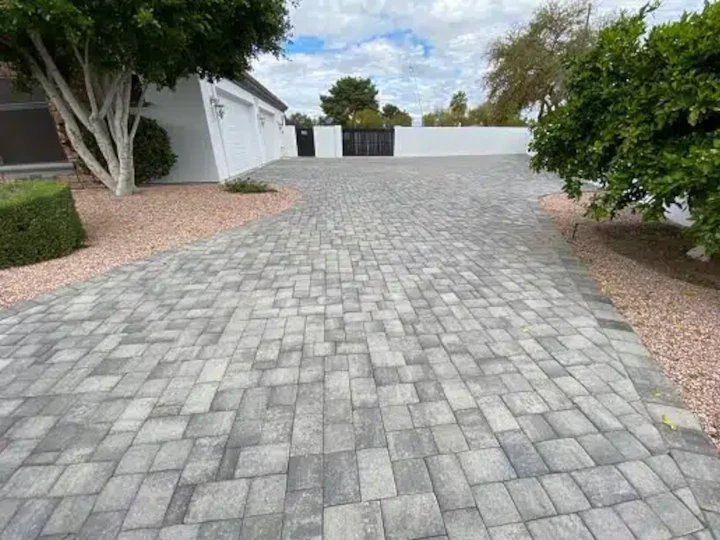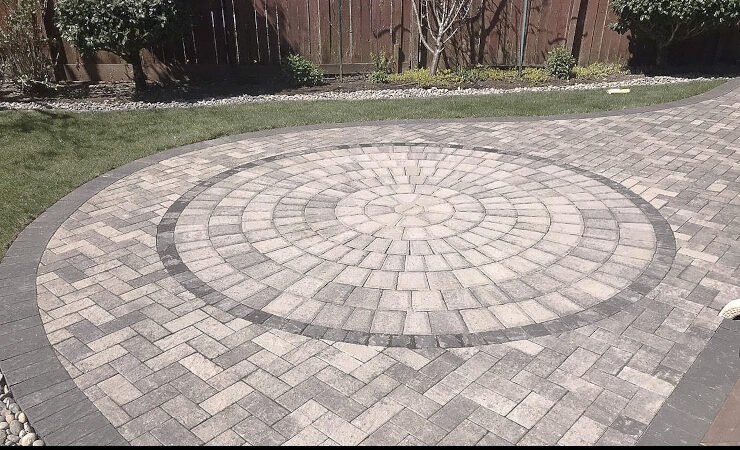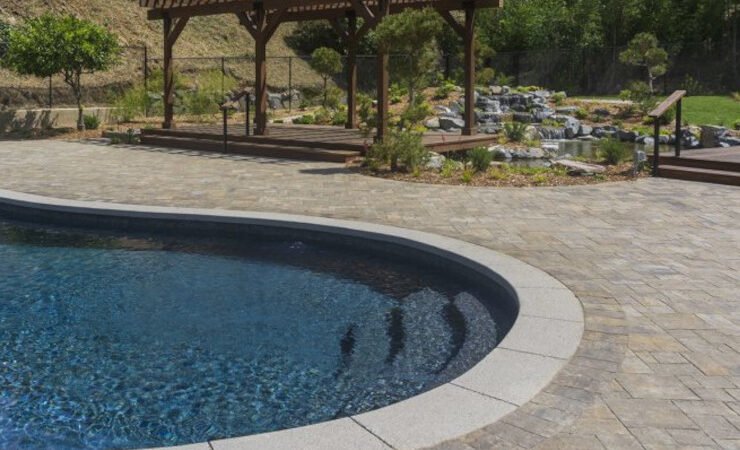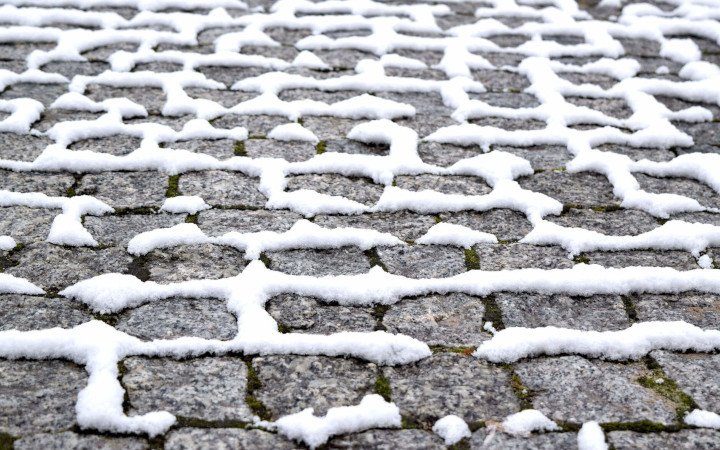How do paver stones differ from traditional concrete or asphalt surfaces?

Paver stones differ significantly from traditional concrete or asphalt surfaces in terms of composition, flexibility, and aesthetic appeal. Unlike monolithic concrete or asphalt, paver stones are individual units made from various materials such as concrete, clay, or natural stone. This modular construction allows for greater flexibility in design, enabling the creation of intricate patterns and designs that enhance the visual appeal of outdoor spaces.
In terms of installation, paver stones are laid over a base of sand or gravel, allowing for flexibility and ease of replacement if necessary. This flexibility also results in a reduction of cracking or heaving, common issues with traditional concrete surfaces. Additionally, paver stones offer better drainage due to the joints between the units, preventing the accumulation of water and minimizing the risk of puddles or ice patches.
The aesthetic diversity of paver stones is another distinguishing factor. With a wide range of colors, shapes, and textures, paver stones provide a customizable palette for creating visually striking landscapes. In contrast, traditional concrete or asphalt surfaces typically offer limited design options and may lack the visual interest and charm that paver stones bring to outdoor spaces.






